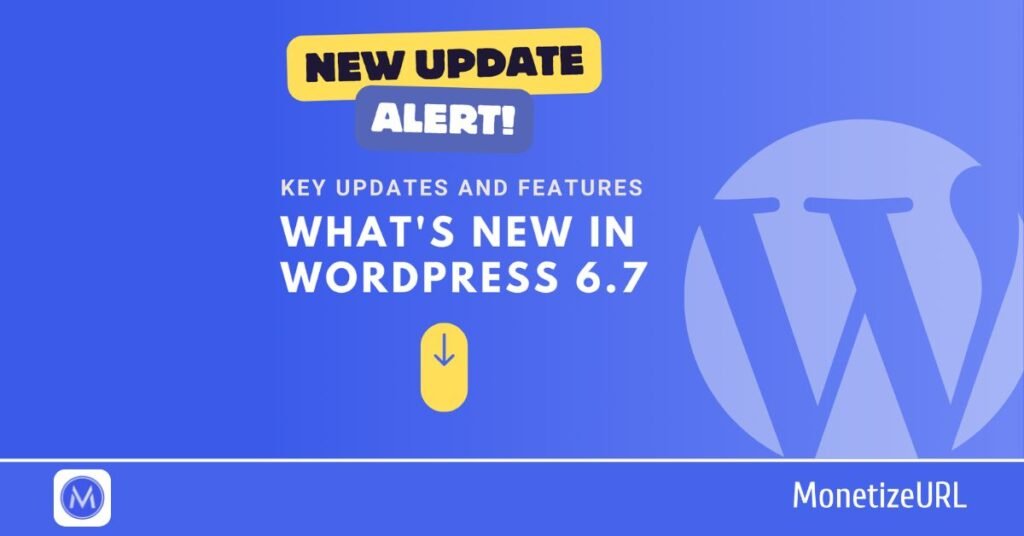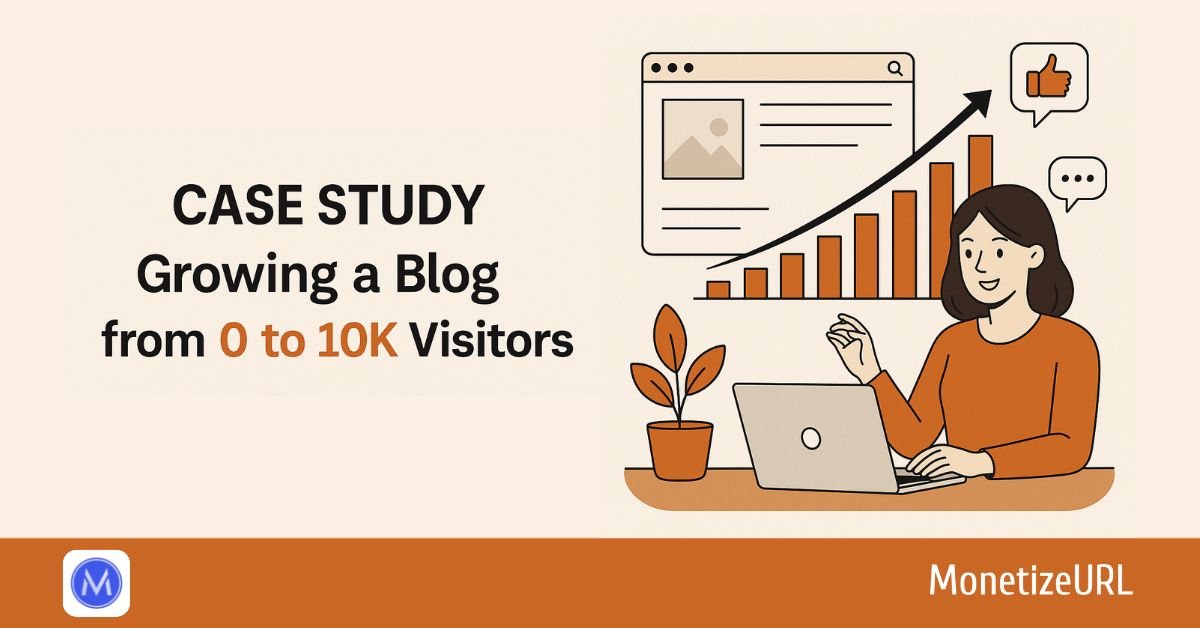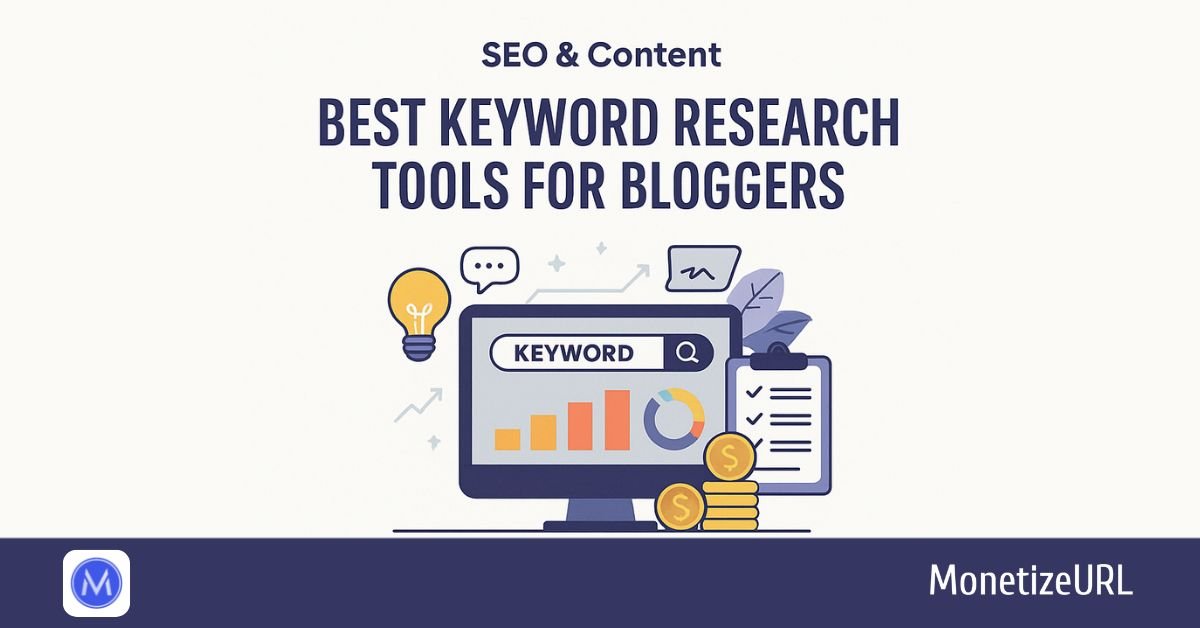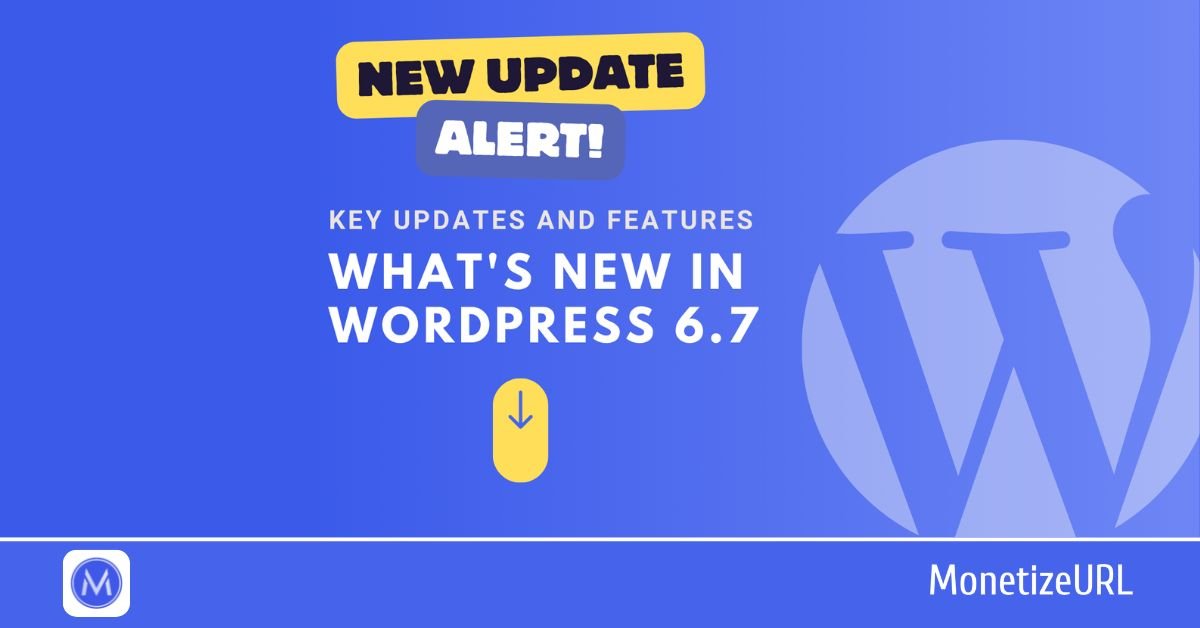WordPress 6.8, released on April 15, 2025, marks a maturation phase—rather than radical changes, the update focuses on refinements, performance optimizations, accessibility, and developer ergonomics. In this article, we’ll explore the standout new WordPress 6.8 features, how they benefit users and developers alike, and why updating is worthwhile now.
Introduction & Context
WordPress 6.8 is codenamed “Cecil.” It follows version 6.7 and continues the platform’s trajectory from adding bold features to consolidating them and improving stability. While earlier major releases introduced tools like full-site editing and block themes, 6.8 strengthens them with polish, usability, and performance.
1. Speculative Loading — Faster Page Transitions
One of the most forward-looking features is speculative loading (via the Speculation Rules API). WordPress 6.8 can prefetch resources or links that a user is likely to click next, thereby reducing wait times and improving Largest Contentful Paint (LCP) performance. This works under the hood, with no manual setup required, though advanced users can tailor the rules.
By anticipating navigation, speculative loading smooths transitions, giving users a snappier browsing experience.
2. Style Book Integration for Classic Themes
Earlier, Style Book (a visual overview of site typography, colors, and block patterns) was available primarily for block (theme.json–based) themes. With WordPress 6.8, classic themes that support add_theme_support('editor-styles') or include theme.json also gain access to the Style Book interface.
For classic theme users, the Style Book now lives under Appearance → Design → Styles, along with Patterns management. This gives more cohesion and unifies the design workflow whether you use classic or block themes.
3. Enhanced Block Editor & Query Loop Controls
WordPress 6.8 introduces improvements to the block editor (Gutenberg) and query-related blocks:
- A Query Total block is new: it displays in a loop the number of results or the range (e.g. “Showing 1–10 of 50”) when used inside a Query Loop block.
- The Query Loop block gets more flexible control over sticky posts: now you can ignore sticky-post behavior so that sticky posts don’t always float to the top, letting the query’s own sort order prevail.
- The Template option (for switching between content and template views) can now be accessed from the toolbar dropdown, streamlining workflow.
- The Global Styles panel is accessible directly from the site editor main menu, improving speed and accessibility for style editing.
- Density control for table layout in Data Views (Comfortable, Balanced, Compact) helps users adjust spacing in content listing views.
These changes democratize power over layout and content queries, making advanced content structuring easier without custom code.
4. Security Boost: bcrypt Password Hashing
A crucial behind-the-scenes improvement is that WordPress 6.8 changes its default password hashing algorithm to bcrypt, moving beyond older schemes like MD5 or phpass. The migration is mostly transparent: existing passwords are valid, but on next login or password change, they are rehashed using bcrypt.
This update enhances resistance to brute force or hash-cracking attacks without requiring action from most users. It aligns WordPress with modern security practices.
5. Accessibility & UX Refinements
WordPress 6.8 includes more than 100 accessibility improvements across admin, block editor, and UI components. Enhancements include:
- Better screen reader announcements for admin notices.
- Improved keyboard navigation and focus behavior in UI dialogs.
- Cleaner markup and clearer structure in meta boxes and sidebars for assistive technology.
- Accessible tooltips built into core to standardize help hints.
These changes help ensure WordPress remains inclusive, especially for users relying on keyboard or assistive technologies.
6. Performance, Query & Developer Enhancements
Beyond speculative loading, WordPress 6.8 includes deeper improvements:
- Database query optimizations and object caching tweaks to minimize slowdowns under load.
- Continued improvements to the WP_Query class and how block queries interact with it.
- Developer APIs: the new function
wp_register_block_types_from_metadata_collection()allows registering multiple block types in a single metadata set, simplifying block plugin registration. - Enhanced Block Hooks API: in 6.8, hooked blocks can now work with synced patterns and templates, letting developers insert dynamic blocks (e.g. banners, notices) in places automatically.
- Better internationalization (i18n) support, including more complex pluralization rules.
These tools make WordPress more flexible as a development framework and smoother for plugin and theme creators.
7. Why You Should Update Now
Upgrading to 6.8 offers multiple advantages:
- Performance & speed: speculative loading and query improvements help pages feel faster.
- Security: bcrypt hashing adds a layer of protection without user disruption.
- Better editor experience: styling, query controls, new blocks—all streamline site editing.
- Unified design interface: classic and block themes converge in design tooling.
- Accessibility gains: better usability for diverse user needs.
- Developer convenience: new hooks, APIs, and registration methods simplify custom work.
That said, before updating, always test on staging or backups, because plugin/theme compatibility is essential.
Potential Challenges & Best Practices
- Some older plugins or themes might not fully support the new query or block hooks changes.
- If your theme does not support
theme.jsonor editor styles, Style Book features may not apply. - While bcrypt hashing is transparent, any custom authentication flows should be tested.
- Monitor resource usage after enabling speculative loading, especially in low-bandwidth connections.
Always use a staging environment and backup before upgrading.
Conclusion
WordPress 6.8 is not about flashy new modules; it’s about refinement, unification, and incremental advancement. The new WordPress 6.8 features like speculative loading, Style Book for classic themes, improved block queries, bcrypt hashing, and accessibility enhancements show that the platform is maturing. It balances developer tools with end-user experience improvements, making site building more seamless and robust.
As WordPress continues evolving, 6.8 stands as a signal: the future isn’t just new features — it’s making existing ones better, faster, and more reliable.






